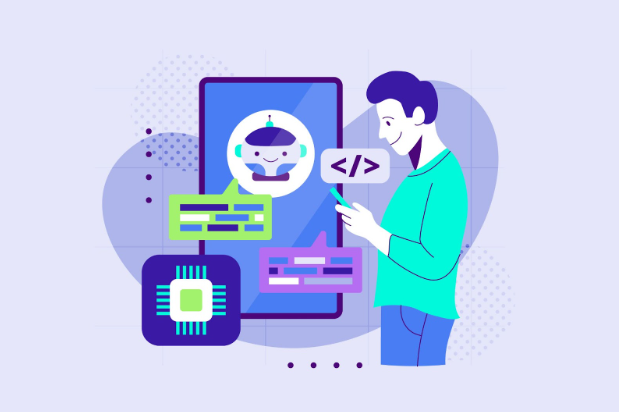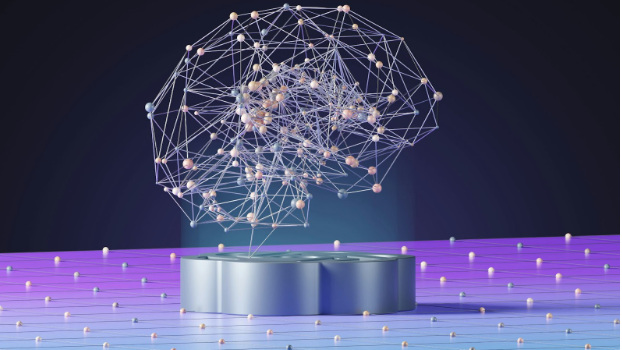How AI is Transforming Heating and Cooling

Artificial intelligence usually makes headlines for things like chatbots, self-driving cars, or image generators. But some of the most practical, money-saving applications of AI are happening in places most people don’t think about, like the humble home air conditioner.
Modern heating and cooling systems are no longer just boxes that blast hot or cold air when you poke a remote. With AI in the mix, they can now learn your routines, optimize energy use in real time, and fine-tune comfort across different rooms and zones. That’s especially powerful when combined with reverse cycle air conditioning, which already offers efficient, all-electric heating and cooling from a single system.
Here’s how AI is reshaping residential HVAC (heating, ventilation and air conditioning), and why the future of home comfort is both smarter and more efficient.
From Set & Forget to Self-Learning Comfort
Traditional air conditioners are dumb in one important way: they only react when you tell them to. You set a temperature, the system runs until it’s roughly there, then cycles on and off. It doesn’t care whether electricity is expensive that hour, whether the sun has just hit the west-facing windows, or whether everyone has left the house.
AI-driven control flips that completely.
Smart thermostats and control platforms powered by machine learning can:
- Learn your schedule – When you typically wake up, leave, return home and go to bed.
- Predict heat load – Based on outdoor temperature, humidity, solar gain and past patterns, they can anticipate how hard the system will need to work.
- Optimizse setpoints – Slightly adjust temperatures and fan speeds to maintain comfort while using less energy.
- Respond to tariffs – In some regions, AI systems can pre-cool or pre-heat during cheaper off-peak times and back off when prices spike.
Instead of “set and forget,” your reverse cycle system becomes “set your preferences and let AI handle the rest.”
Why AI + Reverse Cycle Air Conditioning Is a Powerful Combo
Reverse cycle air conditioners already have a major advantage: they can heat and cool your home from the same unit, using an efficient heat pump rather than resistive electric heating or gas. That means you get:
- Year-round comfort
- Lower running costs (especially in milder climates)
- A simpler, all-electric setup that pairs well with solar
Add AI-driven controls to that, and things get interesting.
Whether you’re using wall-mounted split systems, ducted reverse cycle air conditioning, or a mix of both, AI can:
- Control zones intelligently
In ducted systems with zoning, AI can direct more heating or cooling to the rooms that are actually in use, while easing off in rarely used spaces like guest rooms or formal dining areas. - Prioritize key areas
If everyone moves from the kitchen to the living room, AI can gradually reduce airflow or capacity to the unused zone and boost comfort where people actually are. - Balance comfort vs efficiency
Reverse cycle systems work most efficiently when setpoints are sensible and stable. AI can make micro-adjustments to avoid constant temperature swings that waste energy. - Adapt to seasonal patterns
Over time, the system can learn that you barely use your study on weekends, or that the western bedrooms overheat on summer afternoons, and pre-emptively adjust temperatures and airflow.
Practical AI Use Cases in Home Heating & Cooling
AI in HVAC isn’t just theory. Many of these features are already available in real products, often hiding behind names like “smart optimisation,” “eco mode,” or “adaptive comfort.” Here are a few real-world scenarios.
1. Predictive Pre-Cooling and Pre-Heating
Instead of blasting the system when you walk in the door, AI can:
- Check your typical arrival time
- Look at outdoor conditions and humidity
- Start gently pre-cooling or pre-heating your main living areas
You arrive at a comfortable home, but the system has avoided energy-hungry “panic cooling” at full power.
2. Smarter Sleep Settings
Rather than a simple on/off timer, AI can:
- Learn how your bedroom temperature affects your sleep patterns
- Gradually tweak setpoints and fan speeds through the night
- Factor in outside temperature drops so you don’t wake up freezing at 4am
In a home with multiple reverse cycle units, AI can treat each bedroom differently based on who sleeps there and what they prefer.
3. AI-Assisted Energy Savings
If your energy retailer offers time-of-use pricing, AI can:
- Pre-condition the house before peak rates
- Reduce load during expensive periods (e.g. relax setpoint by 1–2°C)
- Suggest setpoint changes with a clear “this saves you approximately $X per month” message
Reverse cycle systems respond particularly well to this type of optimization because they’re most efficient when working steadily rather than constantly ramping up from extreme setpoints.
4. Early Fault Detection & Maintenance Alerts
AI doesn’t just optimize comfort; it can also watch for trouble signs:
- Gradually increasing energy use for the same temperature
- Longer or more frequent defrost cycles in cold weather
- Reduced temperature differences across indoor coils
These patterns can signal clogged filters, low refrigerant, or an outdoor unit starting to struggle, often before you notice comfort issues. That means fewer surprise breakdowns and more planned, budget-friendly maintenance.
What Homeowners Should Think About Before Going AI-First
As promising as AI-powered heating and cooling is, there are a few things to keep in mind:
- Privacy and Data – Many smart HVAC systems send data to the cloud. Check what’s collected, how it’s stored, and whether you’re comfortable with it.
- Ecosystem lock-in – Some AI control platforms work best (or only) with specific brands. If you’re planning multiple reverse cycle units or a ducted system, talk to your installer about long-term flexibility.
- Local support – AI is software, but it’s controlling real hardware full of refrigerant and high-voltage electrics. Having a local installer who understands both the tech and the mechanical side is critical.
- Good design still matters – AI can optimize and improve, but it won’t magically fix a badly sized or poorly designed system. Getting the right capacity and layout is still step one.
This is where partnering with an experienced installer really matters. An expert can design the right reverse cycle system for your home and climate, and then layer smart controls and AI on top to get the best result, not the other way around.
The Next Wave: Whole-Home Energy Orchestration
Looking ahead, AI won’t just manage your reverse cycle air conditioning in isolation. It will increasingly:
- Coordinate heating/cooling + rooftop solar + home batteries
- React to live grid signals (for example, demand response events)
- Integrate with EV charging, hot water systems and even automated blinds or shading
Imagine an AI that decides:
“There’s plenty of solar generation right now, so I’ll pre-cool the living areas and top up the home battery while rates are low. Later this evening, I’ll ease off the air con and let the battery carry more of the load.”
Reverse cycle systems are ideal for this because they can shift load (pre-cooling/pre-heating) and run very efficiently at part load, giving the AI plenty of room to optimize.
Final Thoughts
AI in home heating and cooling isn’t about turning your house into a sci-fi experiment. It’s about using data and smart algorithms to:
- Cut unnecessary energy use
- Improve comfort in the rooms you actually live in
- Extend the life of your heating and cooling equipment
If you’re planning a renovation or new system, it’s worth thinking about both sides of the equation:
- Physical hardware – Choosing the right type and size of reverse cycle system for your layout, climate and budget.
- Smart control and AI – How you’ll manage zones, schedules, and energy use today; and how that might evolve as AI tools become more powerful.
In the end, bringing AI into home heating and cooling is really about making everyday comfort smarter, cheaper and easier to live with. Reverse cycle air conditioning already gives you efficient, all-electric climate control; layering AI on top simply helps it work in a more human way, anticipating your needs, trimming waste in the background, and adapting as your lifestyle changes.
As these technologies continue to mature, the homes that benefit most won’t necessarily be the ones with the flashiest gadgets, but the ones where thoughtful system design and intelligent control quietly work together to keep people comfortable, bills under control and energy use in check.

Best Tips and Tricks for Bitcoin Investments

Top Benefits of Hiring Professional Pet Sitting Services for Your Pets

Expert Insights on Improving Productivity and Efficiency

Accelerating drug discovery through the DEL-ML-CS approach

AI in Marketing Is No Longer a Buzzword — It’s the Strategy

What Are Role of AI in Business Lead Generation?

How AI is Transforming Heating and Cooling

Why BCA Students Should Explore AI and Machine Learning Specializations








